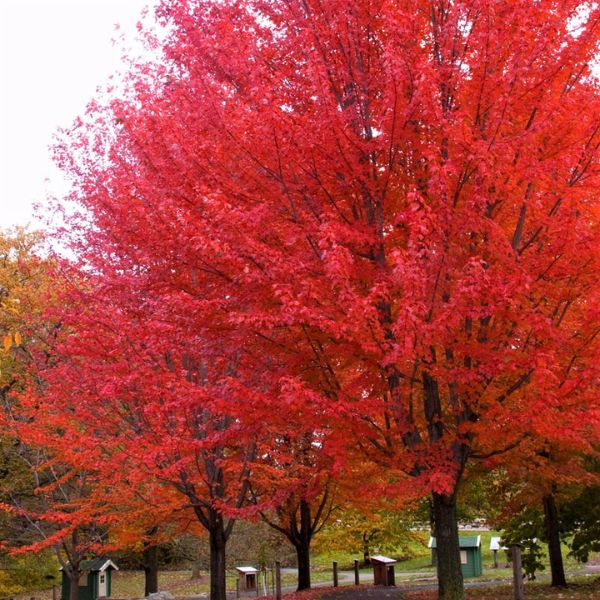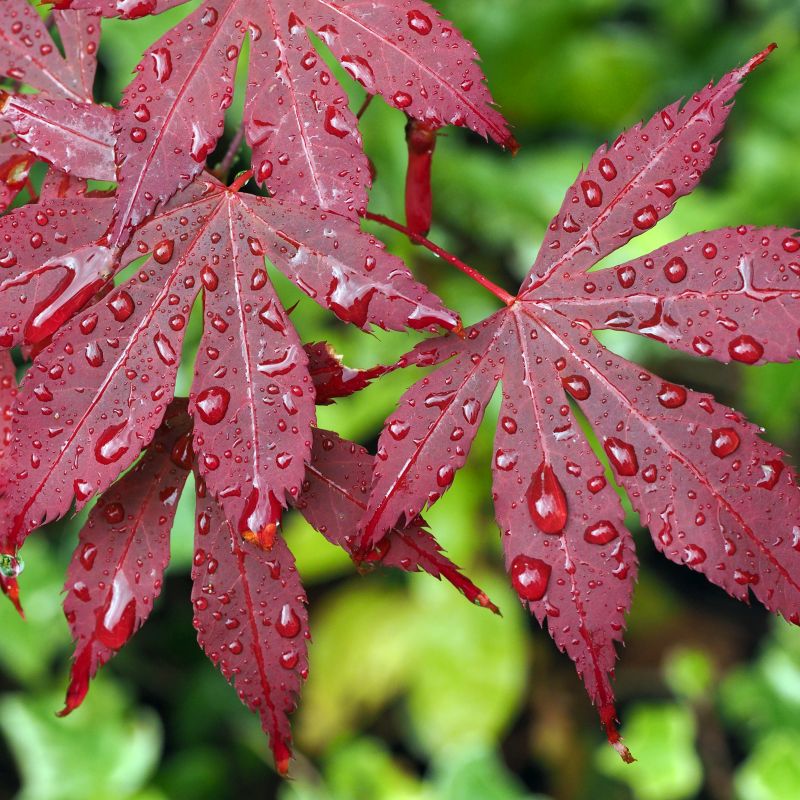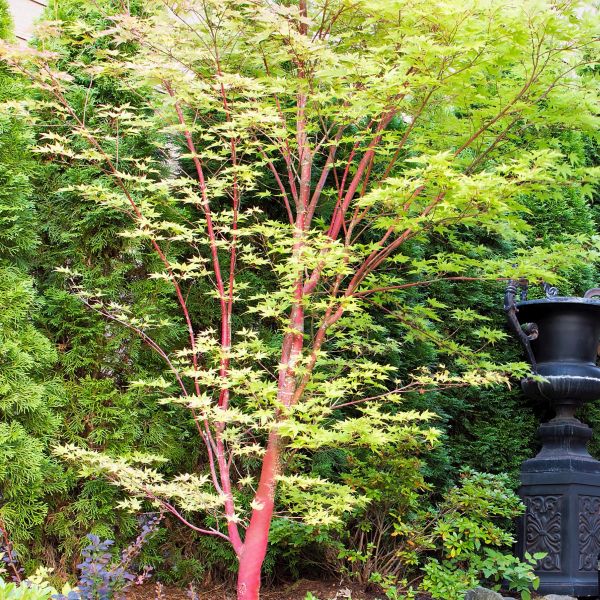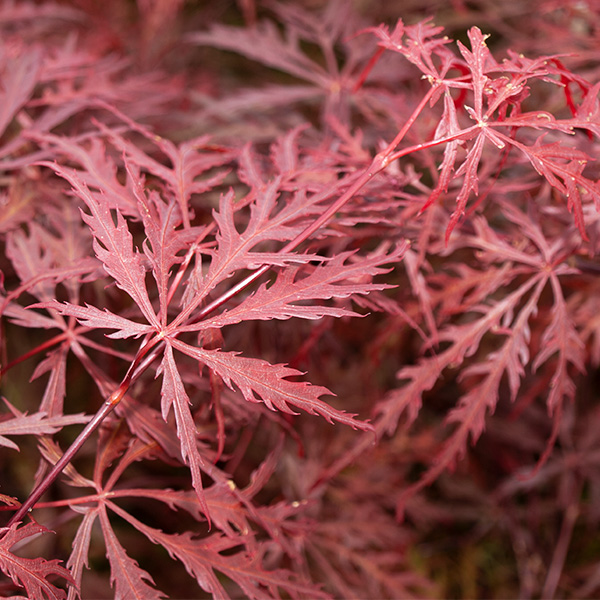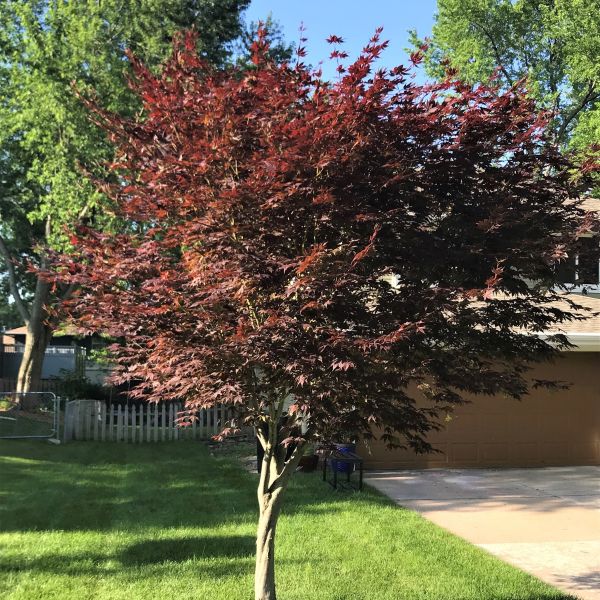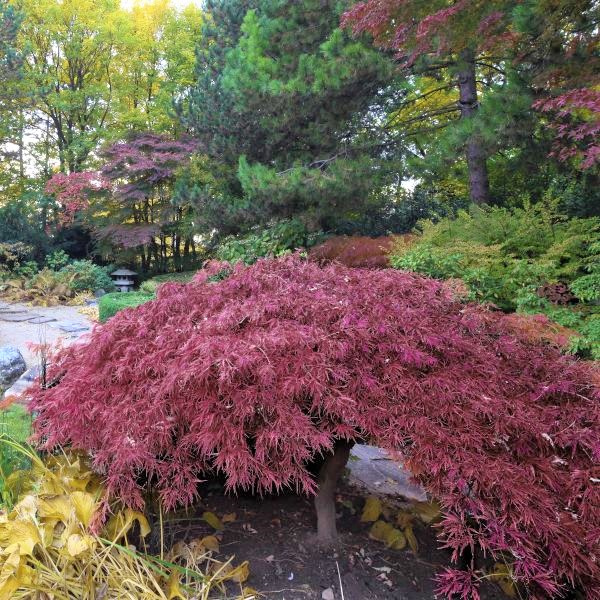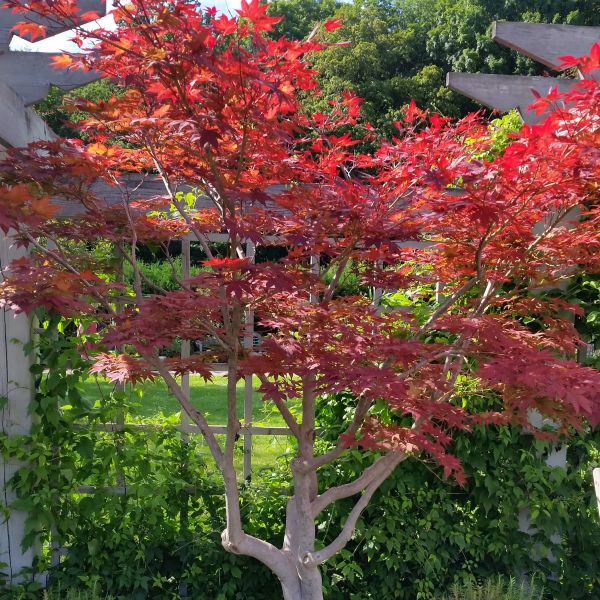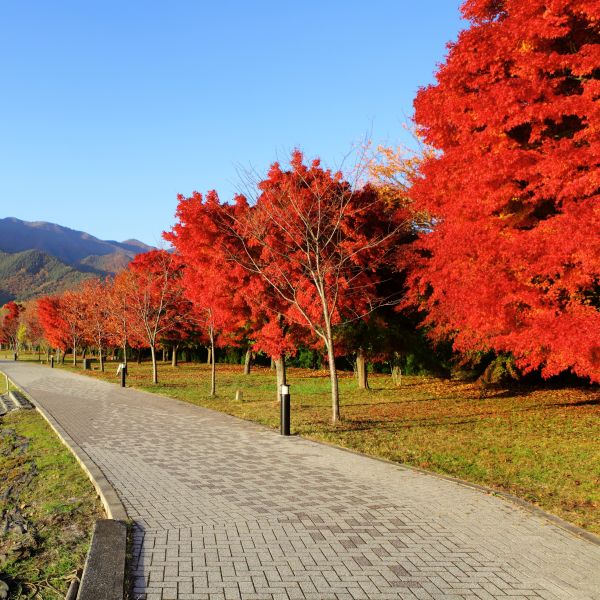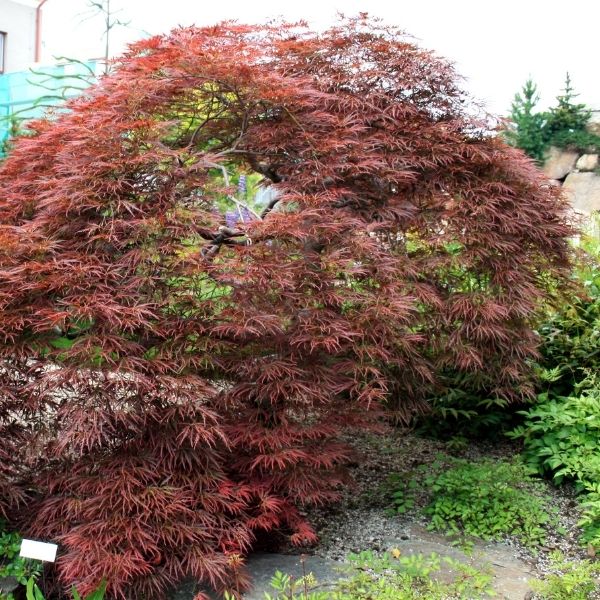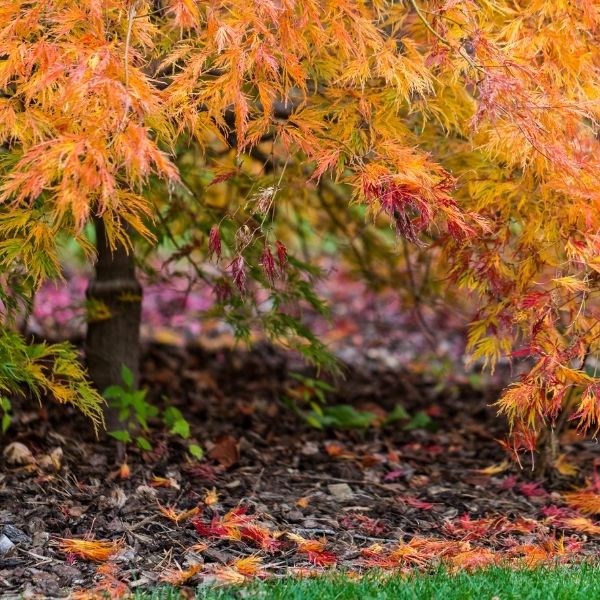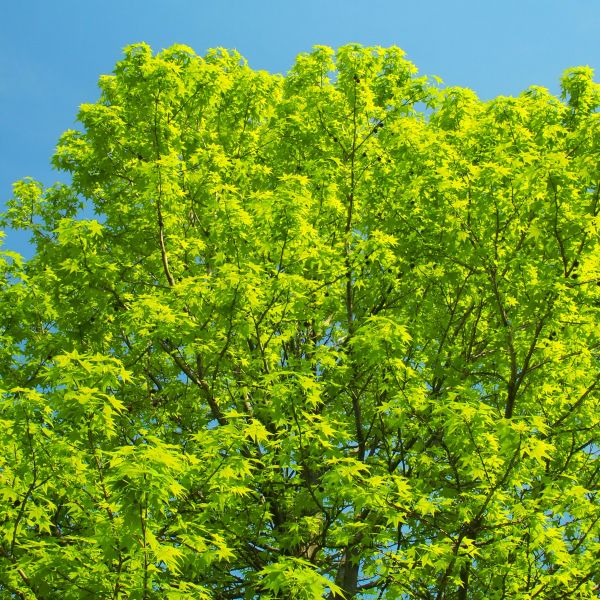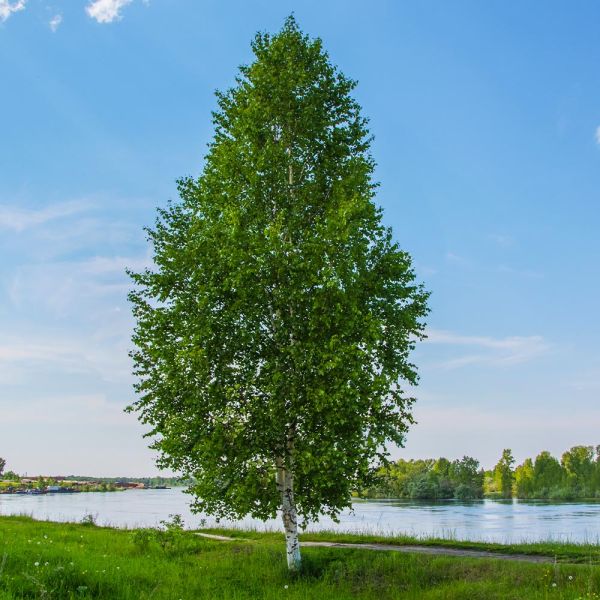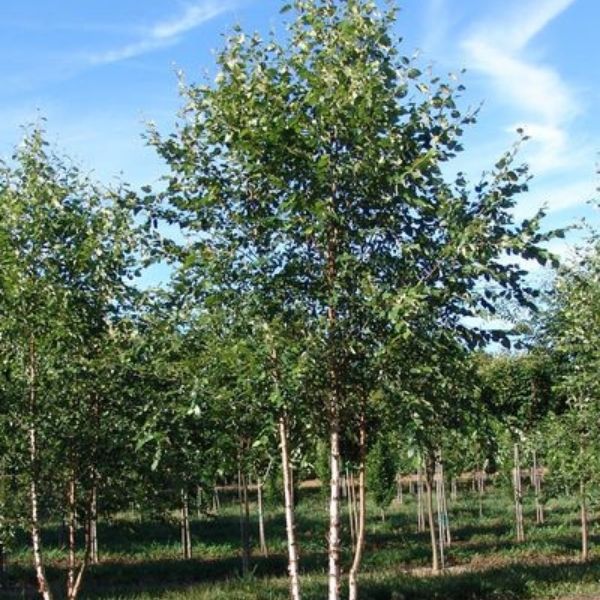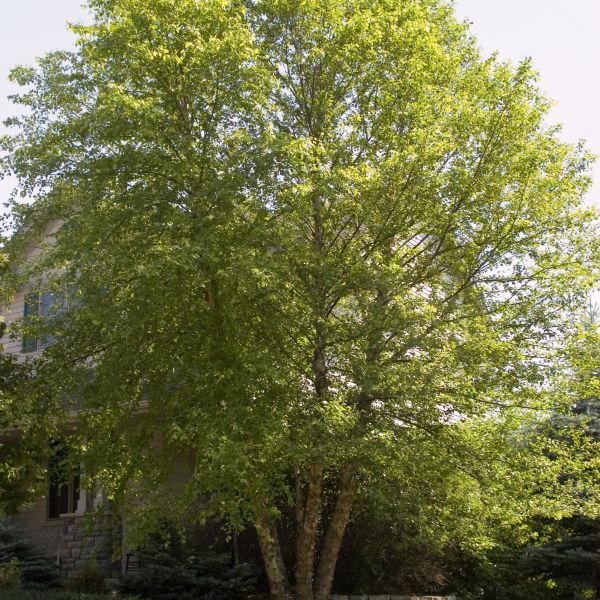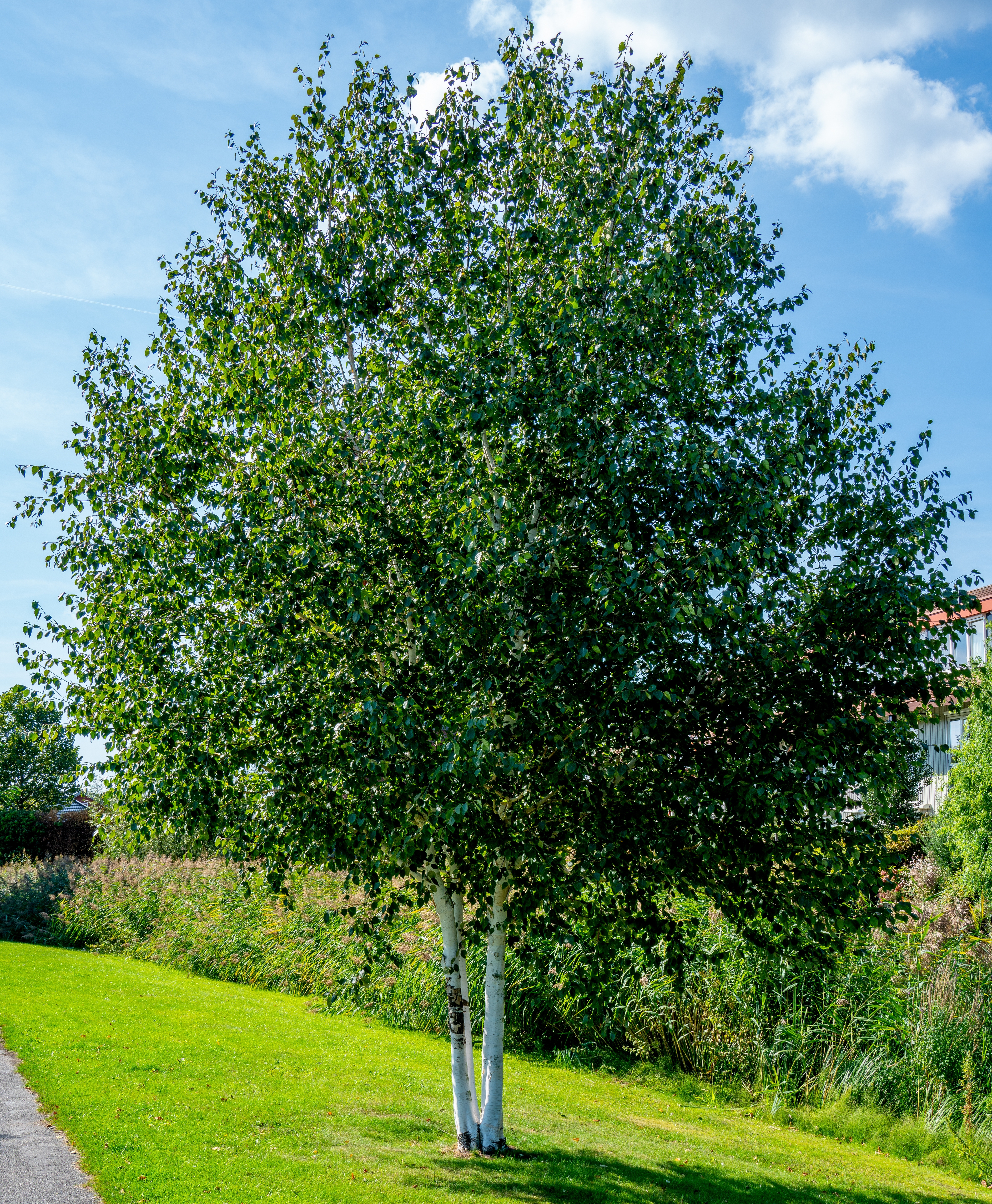

Green Laceleaf Japanese Maple
Acer palmatum var. dissectum 'Viridis'
10 reviews
Green Laceleaf Japanese Maple
Acer palmatum var. dissectum 'Viridis'
10 reviews
- Beautiful, delicate lace-like foliage
- Stunning red and orange fall color
- Compact size ideal for small gardens or containers
- Recommended by landscape designers for optimal fit in real yards
$126.00
$180.00
30% Off
- Ships to 43215 in 3 to 7 days
- Free Shipping Over $150
- Plant Arrival Guarantee
- In Stock
- Free Plant Consult
$200 - Landscape-Approved: Every Plant We Sell Comes With Design Expertise Behind It
- 1.5 Gallon 2-3 Feet
- 2.5 Gallon
Not just beautiful - intentionally selected by ShrubHub's 3D landscape design team to fit real-world spaces and maximize yard potential.
Why Green Laceleaf Japanese Maple?
The Green Laceleaf Japanese Maple is a highly sought after variety of the Acer palmatum tree species due to its unique weeping branches and delicate green foliage. Its striking appearance makes it a popular choice for ornamental gardens and landscaping, adding a touch of elegance and beauty to any outdoor space. Additionally, the tree is relatively low-maintenance, making it a practical choice for those looking for a beautiful yet easy-to-care-for addition to their garden.
People who loved this plant also bought
Sunlight
Green Laceleaf Japanese Maple requires partial shade or filtered sunlight to thrive. It prefers a location that gets morning sunlight but is protected from the hot afternoon sun.
Watering
Green Laceleaf Japanese Maples have moderate watering needs. They prefer a consistently moist but well-drained soil. It is important to water them regularly, especially during hot and dry periods. However, overwatering should be avoided to prevent root rot
Fertilizing
The Green Laceleaf Japanese Maple requires a balanced fertilizer with a N-P-K ratio of 10-10-10 or 12-12-12. Fertilizing should be done in early spring before new growth appears and again in late summer or early fall.
Known for its beautiful, lacy leaves and unusual shape, the Green Laceleaf Japanese Maple is a highly sought-after deciduous tree. Its modest stature makes it a fantastic choice for smaller gardens or urban landscapes, and it adds color and texture to your yard.
When it comes to tree care, the Green Laceleaf Japanese Maple is one of the easiest varieties to maintain and prune. However, during hot and dry weather, it is especially crucial to water the tree regularly. The tree should be fertilized once yearly, in the spring, to ensure its continued good health and growth.
This tree does best in organically rich, well-drained soil. It does well in sandy, loamy, and clay soils, among others. Planting in locations with poor drainage, however, is not recommended because it can cause root rot.
The Green Laceleaf Japanese Maple is a resilient tree that thrives in a wide variety of environments. It thrives in USDA plant hardiness zones 5–8, which cover much of the United States. It's best to provide some shade for this tree.
Trees are an important part of any garden, and the Green Laceleaf Japanese Maple is no exception. It has lacy, green leaves in the spring and summer, and brilliant crimson ones in the fall. The tree is unusual in that its branches cascade gracefully to the ground. You can't go wrong with this tree as a focal point or specimen in your garden. The Green Laceleaf Japanese Maple is a stunning and unusual tree for any garden.
Plant Information:
| Botanical Name: | Acer palmatum var. dissectum 'Viridis' |
| USDA Zones: | 5 - 8 |
| Water: | Moderate |
| Exposure: | Full Sun |
| Soil Needs: | Well Drained |
| Mature Height: | 8 - 10 feet |
| Mature Spread: | 8 feet |





Pollination Info
Pollination Information for Green Laceleaf Japanese Maple (Acer palmatum var. dissectum 'Viridis')
Green Laceleaf Japanese Maple (Acer palmatum var. dissectum 'Viridis') is a deciduous tree that typically produces small, inconspicuous flowers in early spring. However, these trees are not known for their fruit production.
As a result, pollination is not a significant concern for Green Laceleaf Japanese Maples. They are instead propagated primarily through grafting and cloning.
In order to maintain the health and vitality of Green Laceleaf Japanese Maples, it is important to provide them with proper care and maintenance. This includes regular pruning, feeding, and watering, as well as protection from pests and diseases.
While pollination is not a primary concern for Green Laceleaf Japanese Maples, maintaining a healthy ecosystem and attracting pollinators such as bees and butterflies can still be beneficial for overall plant health and vitality.
FAQ
Green Laceleaf Japanese Maple (Acer palmatum var. dissectum 'Viridis') FAQ
What is a Green Laceleaf Japanese Maple?
A Green Laceleaf Japanese Maple, also known as Acer palmatum var. dissectum 'Viridis', is a small deciduous tree that is popular for its delicate, lacy foliage and attractive form. It is a cultivar of the Japanese maple species, Acer palmatum, and is valued for its beautiful emerald green color, which holds up well in summer heat.
What does a Green Laceleaf Japanese Maple look like?
A Green Laceleaf Japanese Maple has a graceful, weeping form and will typically grow from 6 to 10 feet tall and wide. Its leaves are deeply lobed and finely dissected, giving them a lacy appearance. The foliage is emerald green in the spring and summer, turning shades of gold, orange, and red in the fall. Its bark is a vibrant red color, which adds to its visual appeal.
Where is the best place to plant a Green Laceleaf Japanese Maple?
A Green Laceleaf Japanese Maple should be planted in a location that receives partial shade to full sun, but be sure to protect it from the hot afternoon sun in hotter climates. It prefers well-drained soils that are rich in organic matter, and it is important to keep the soil evenly moist but not waterlogged. Avoid planting it in areas with strong winds or in areas that are prone to flooding.
How do I care for my Green Laceleaf Japanese Maple?
Green Laceleaf Japanese Maples are relatively easy to care for. Once established, they require moderate water and should be fertilized yearly with a slow-release fertilizer. They may need to be pruned sparingly to maintain their shape and size. It’s important to monitor for pests and diseases that can harm the tree and treat as necessary.
When should I prune my Green Laceleaf Japanese Maple?
The best time to prune a Green Laceleaf Japanese Maple is in late winter or early spring, before new growth appears. It’s important to avoid pruning during the growing season, as this can cause undue stress to the tree and disrupt its growth pattern.
Can I grow a Green Laceleaf Japanese Maple in a container?
Yes, Green Laceleaf Japanese Maples can be grown in containers. However, it is important to choose a wide, shallow container to accommodate the tree’s root system, and to use a well-draining soil mix. You’ll need to water and fertilize the tree more frequently when it’s grown in a container, and it will need to be protected from extreme cold and heat.
How fast does a Green Laceleaf Japanese Maple grow?
Green Laceleaf Japanese Maples are considered slow-growing trees, typically growing less than a foot per year. However, this can vary based on growing conditions, so be patient as your tree establishes itself over time.
Is a Green Laceleaf Japanese Maple deer-resistant?
While no tree is truly deer-proof, Green Laceleaf Japanese Maples are generally considered to be more deer-resistant than other Japanese maple varieties due to their delicate leaves. However, if you have a deer problem in your area, it’s best to protect your trees with physical barriers or preventative measures.
Planting & Care
Planting & Care for Green Laceleaf Japanese Maple (Acer palmatum var. dissectum 'Viridis')
Planting
The Green Laceleaf Japanese Maple prefers well-draining soil that is rich in organic matter. Before planting, amend the soil with compost and other organic matter and make sure the area receives partial shade. Choose a location where the tree will have enough space to grow, away from power lines, buildings or other structures. The best time to plant the tree is in late winter or early spring, before the leaves start to bud.
Dig a hole twice as wide as the root ball and as deep as the tree's root system. Place the tree in the hole, making sure the top of the root ball is level with the soil surface. Backfill the hole with the amended soil and water the tree deeply. Add a layer of mulch to retain moisture around the tree and to prevent weeds from growing.
Care
Water the Green Laceleaf Japanese Maple regularly, especially during the hot summer months, to avoid drought stress. Keep in mind that the tree does not like wet feet, so it's important to allow the soil to dry out slightly between waterings.
Fertilize the tree in the spring and in the fall with a slow-release fertilizer that is high in nitrogen. Avoid using fertilizers that are high in phosphorus, as they can lead to root burn. The tree does not require heavy pruning, but it's important to remove any dead or damaged branches in the spring. Pruning the tree during the summer months can cause stress and damage to the tree.
Protect the Green Laceleaf Japanese Maple from harsh winds in the winter by wrapping the tree with burlap or other protective materials. A layer of mulch around the tree can also help protect the roots from the cold.
With proper planting and care, the Green Laceleaf Japanese Maple can grow into a beautiful, long-lived tree that provides shade and interest to any landscape.
Check Out These Verified Customer Reviews:
Customer Reviews
4.7 out of 5 based on 10 reviews
Thank you! Your review has been submitted.
The Green Laceleaf Japanese Maple I received was in perfect condition. The leaves are a beautiful shade of green and the tree looks healthy. The website was easy to navigate and the shipping was prompt.
High quality tree, exceeded my expectations.
Fast shipping, well-packaged.
Item has been added to your cart.



